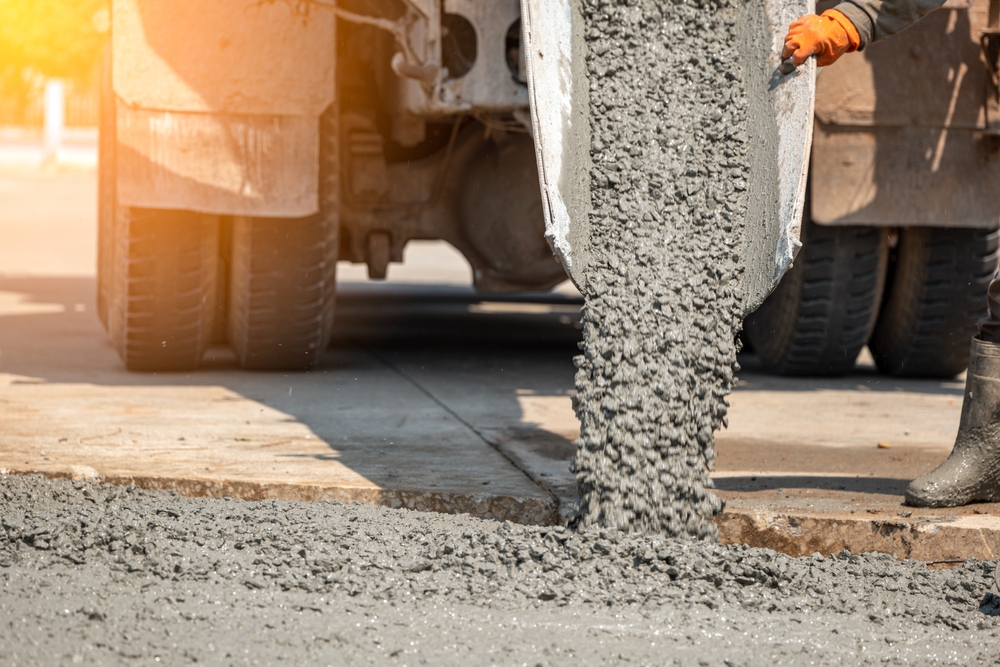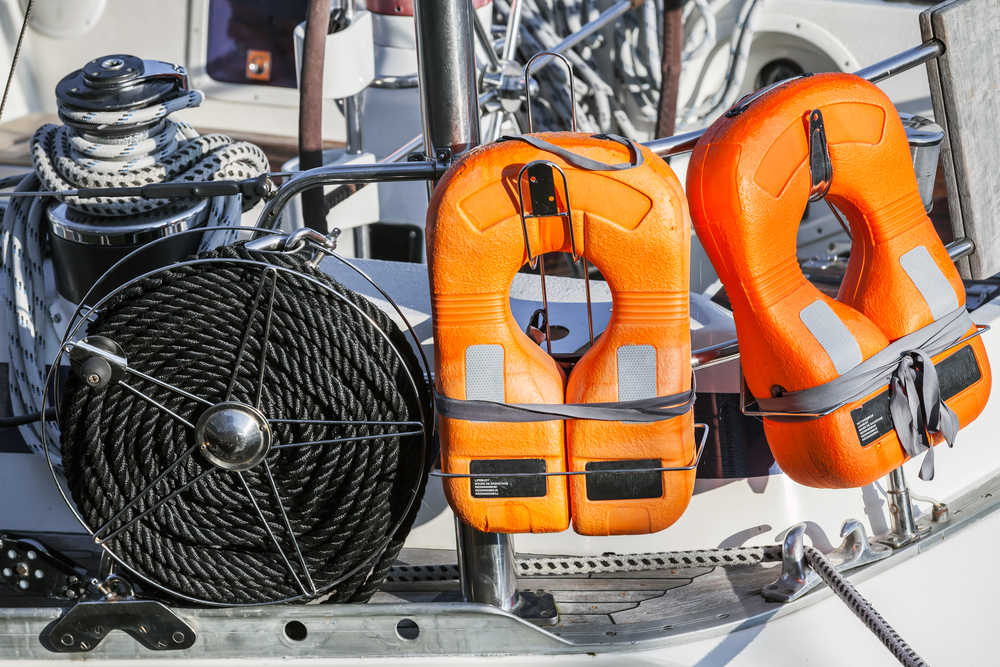A Guide To Construction Equipment
Learn about the various types of construction equipment, top suppliers, and how to ship them internationally.
Construction equipment encompasses a broad range of machines and tools that are essential for various construction activities, including earth-moving, lifting, grading, and material handling. These machines enhance productivity, ensure safety, and enable the efficient completion of construction projects. This article explores the different types of construction equipment, highlights leading suppliers, and provides guidance on shipping construction equipment internationally.
Types of Construction Equipment
Construction equipment is categorized based on the functions they perform. Here are some primary types:
1. Earth-Moving Equipment
- Excavators: Used for digging trenches, holes, and foundations. They can also handle heavy lifting and demolition.
- Bulldozers: Powerful machines used for pushing large quantities of soil or debris during construction.
- Loaders: Front-end machines designed to move or load materials like soil, gravel, or snow into other equipment.

2. Material Handling Equipment
- Cranes: Machines used for lifting and moving heavy objects vertically and horizontally.
- Forklifts: Used in warehouses and industrial settings to lift and transport materials over short distances.
- Telehandlers: Versatile machines with extendable arms used to lift loads to various heights.
3. Construction Vehicles
- Dump Trucks: Transport loose materials like sand, gravel, or demolition waste.
- Concrete Mixers: Combine and transport concrete to the construction site.
- Tippers: Specialized trucks designed for quick unloading of materials.
4. Compaction Equipment
- Rollers: Machines used to compact soil, gravel, or asphalt, creating a flat surface.
- Plate Compactors: Smaller, handheld devices used for compacting soil in confined areas.
5. Paving Equipment
- Asphalt Pavers: Machines used to lay asphalt on roads, bridges, and parking lots.
- Concrete Pavers: Used to spread and level concrete for sidewalks, roads, and parking areas.
6. Drilling Equipment
- Drilling Rigs: Machines used for drilling holes in the earth to extract minerals, oil, or gas.
- Pile Drivers: Equipment used to drive piles into the soil to provide foundation support for buildings.
Well-Known Suppliers of Construction Equipment
Several global companies are renowned for manufacturing high-quality construction equipment. Here are a few top suppliers:
1. Caterpillar Inc.
- Overview: One of the world's largest manufacturers of construction and mining equipment.
- Products: Offers a wide range of equipment including excavators, bulldozers, loaders, and more.
- Website: Caterpillar
2. Komatsu Ltd.
- Overview: A leading Japanese company known for producing durable and technologically advanced construction equipment.
- Products: Specializes in excavators, loaders, and mining equipment.
- Website: Komatsu
3. Volvo Construction Equipment
- Overview: A Swedish company recognized for its innovative and efficient construction machines.
- Products: Provides a range of equipment including articulated haulers, wheel loaders, and compactors.
- Website: Volvo Construction Equipment
4. Hitachi Construction Machinery
- Overview: A Japanese manufacturer that offers robust and high-performance construction equipment.
- Products: Known for excavators, wheel loaders, and mining trucks.
- Website: Hitachi Construction Machinery
5. John Deere
- Overview: An American company famed for its agricultural and construction machinery.
- Products: Produces backhoes, excavators, and skid steers.
- Website: John Deere
How to Ship Construction Equipment Internationally
Shipping construction equipment internationally involves careful planning and coordination. Here are some steps to consider:
1. Choose the Right Shipping Method
- Roll-On/Roll-Off (RoRo): Suitable for wheeled vehicles like trucks and trailers. Equipment is driven on and off the vessel.
- Flat Rack Shipping: Ideal for oversized equipment that cannot fit in standard containers. Equipment is secured on a flat rack.
- Container Shipping: For smaller or disassembled equipment that can fit into standard or high cube containers.
2. Prepare Documentation
- Commercial Invoice: Details the sale transaction between the buyer and seller.
- Bill of Lading: A contract between the shipper and carrier detailing the shipment.
- Export Licenses: Required for specific types of machinery depending on the destination country.
- Customs Documentation: Includes import/export declarations and any required permits.
3. Ensure Proper Packaging
- Securement: Use chains, straps, and blocks to secure equipment to prevent movement during transit.
- Protection: Apply covers, tarps, or shrink wrap to protect equipment from weather and damage.
4. Coordinate with a Freight Forwarder
- Expertise: Freight forwarders specialize in handling complex shipping logistics and can provide guidance on the best shipping methods and routes.
- Services: They offer comprehensive services including customs clearance, insurance, and delivery to the final destination.
5. Consider Insurance
- Coverage: Purchase comprehensive insurance to cover potential damage or loss during transit.
- Assessment: Evaluate the value of the equipment and choose an insurance plan that offers adequate protection.










